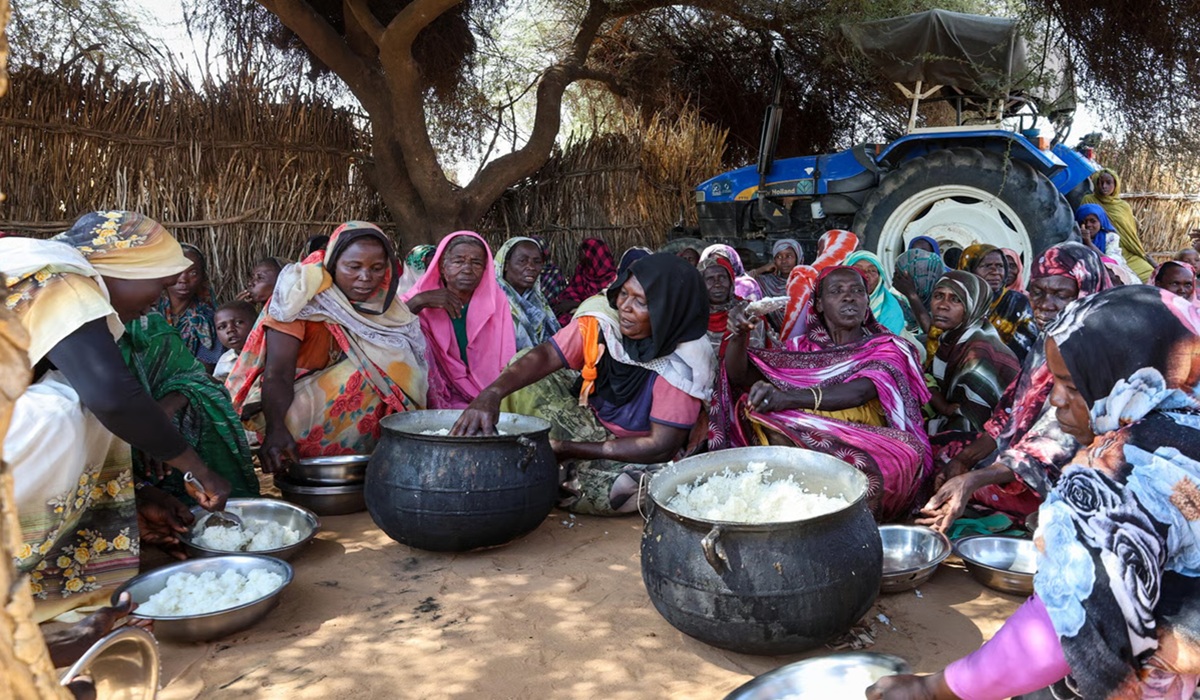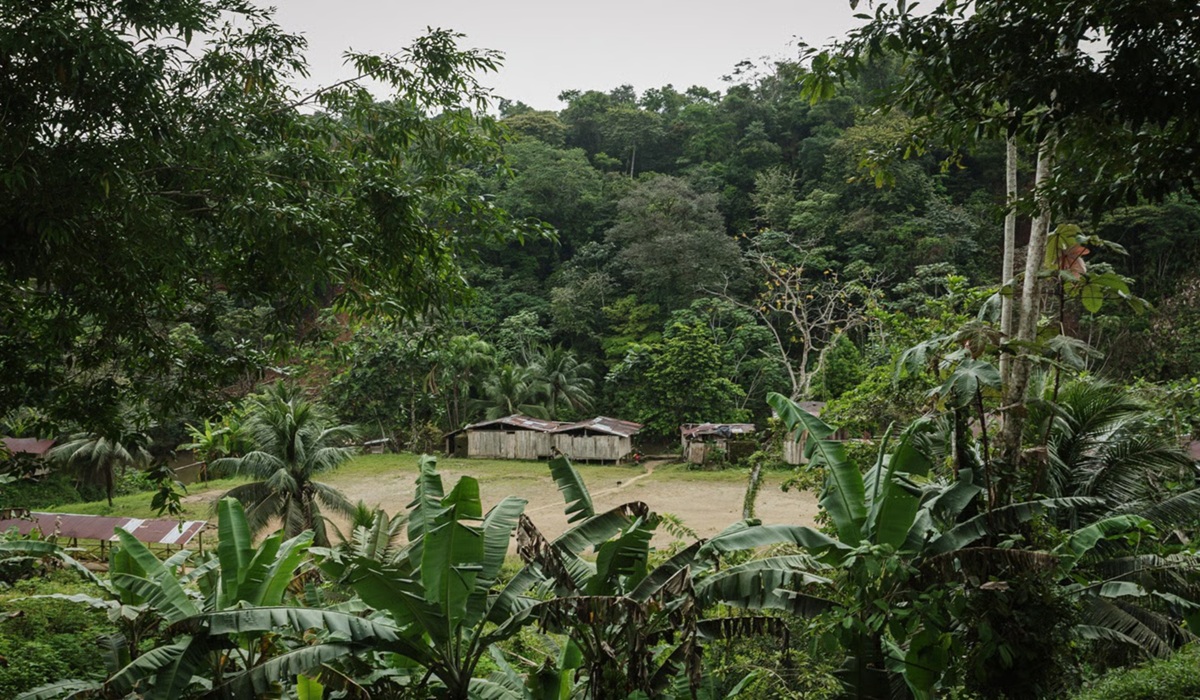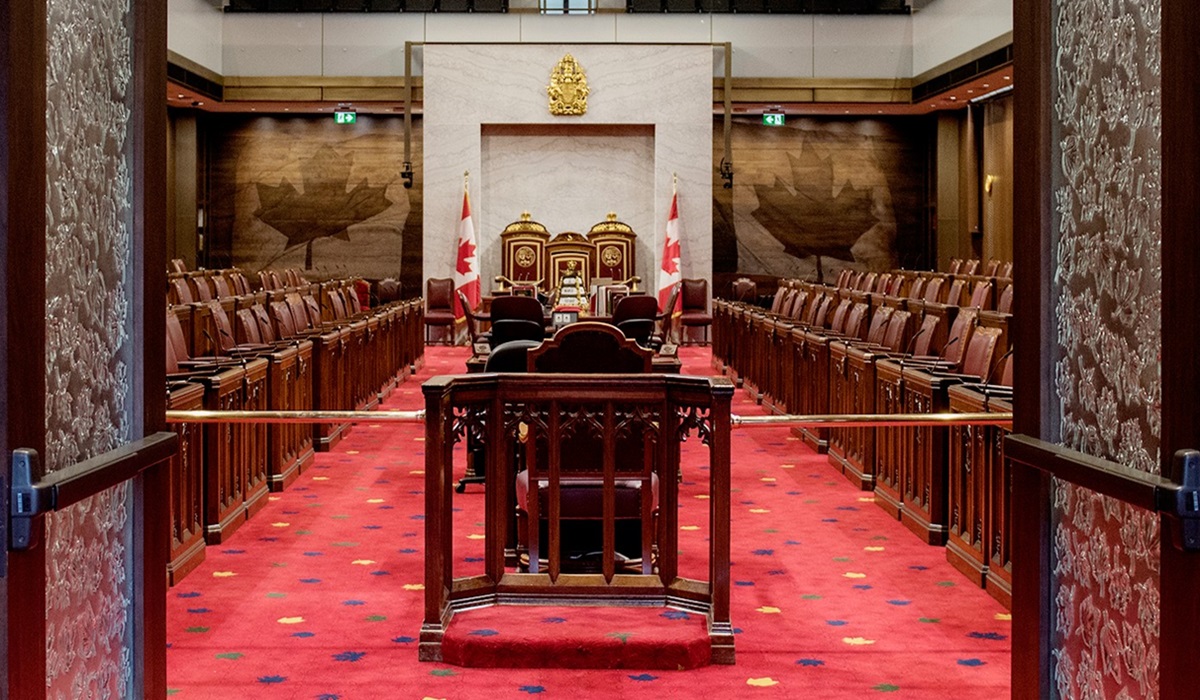Tawila Under Siege: Inside Sudan’s Exploding Displacement Crisis
- Naomi Dela Cruz
- Africa
- Trending News
- November 21, 2025

What was once a modest settlement on the edge of the Sudanese desert has now transformed into a sprawling sea of human desperation. Tawila, in North Darfur, has become an overwhelming refuge for people fleeing an unrelenting wave of violence in Al Fasher and surrounding villages. Since October 26, at least 100,000 people have escaped into the area, arriving exhausted, dehydrated, hungry, and in urgent need of help. Tens of thousands more are still missing, separated from families or trapped in areas controlled by armed groups.
From a distance, Tawila almost appears like an improvised city rising from the sand. Rows of makeshift shelters stretch as far as the eye can see, pushed up against the base of distant mountains. But there is no order, no infrastructure, and no security. It is a place born of fear, not planning.
Families continue to arrive in waves, often with nothing but the clothes they were wearing when they fled. Many walk for days or even weeks under brutal heat and harsh conditions. Some arrive injured, relying on crutches or the support of strangers. Others come carrying children who have not eaten properly for days, or elderly relatives who can barely continue. Alongside the constant arrivals is another desperate mission: the search. Mothers, fathers, siblings, and children roam reception points posting names, asking questions, and hoping against hope that someone has seen their missing loved ones.
The humanitarian situation inside Tawila is deteriorating by the hour. Water sources are stretched beyond capacity. Sanitation systems are almost non-existent. Shelter materials cannot keep up with the demand. As crowded conditions worsen, the risk of disease outbreaks rises sharply. With limited clean water and proper waste disposal, illnesses that thrive in crisis conditions are beginning to spread.
Meanwhile, thousands remain stranded outside the settlement in areas controlled by armed groups. Their movement is restricted, and extortion is common. These people have no safe access to humanitarian support and remain trapped between the threat of violence and the hope of reaching Tawila.
The Norwegian Refugee Council has been operating on the ground, trying to contain a crisis that continues to grow faster than resources can be delivered. Their teams have already registered more than 10,000 newly arrived individuals and provided cash assistance to around 2,000 families to help them meet immediate needs. More than 2,000 children have been enrolled in emergency education and psychosocial support programs, offering them a rare sense of normalcy in a world that has been violently torn apart.
Beyond that, support is being extended through water trucking, food distributions, communal kitchens, and efforts to bring some order to the rapidly expanding camp. But the scale of this displacement is far beyond what any organisation can manage alone.
Noah Taylor, the NRC’s Head of Operations in Sudan, recently returned from Tawila, and his description paints a chilling picture. When cresting the final hill into the settlement, what greets the eyes is no longer a camp. It is a mega-settlement. Where just months ago there were already over 200,000 displaced people sheltering, there are now thousands upon thousands more flooding in.
He spoke with a man who had walked for 18 days from Al Fasher on a single crutch after being injured. Stories like this are not exceptions. They are the norm. After eighteen months of siege, relentless fighting, deliberate attacks on civilians, and the collapse of basic services, the population of Al Fasher has finally been pushed past the breaking point.
On the outskirts of Tawila alone, an estimated 5,000 families are trying to build something resembling a home using nothing but blankets, scraps of plastic, and sticks. Many arrived with no food, no possessions, and no certainty about whether the rest of their family even survived.
The most alarming part of this unfolding tragedy is that it is still accelerating. Without a significant surge in humanitarian funding, expanded access routes, and an urgent increase in global attention, Tawila risks becoming the epicenter of a catastrophic humanitarian failure. Aid workers are sounding the alarm now because the current support levels are not enough to withstand what is coming next.
Sudan’s crisis is no longer just a political tragedy. It is a massive human catastrophe unfolding in real time. Tawila stands as a stark symbol of a world where civilians are left to suffer while conflict consumes entire communities. The question is not whether the situation will worsen. The question is whether the world will respond before it does.








